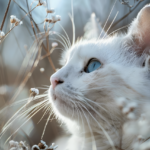Cats have fascinated humans for thousands of years, inspiring myths, legends, and superstitions across diverse cultures. This rich tapestry of beliefs reflects cultural values and human psychology, offering insight into how different societies view these enigmatic creatures. This article explores the fascinating relationship between cats and superstition, revealing how these associations have shaped perceptions of felines around the world.
Ancient Egypt Revered Feline Deities
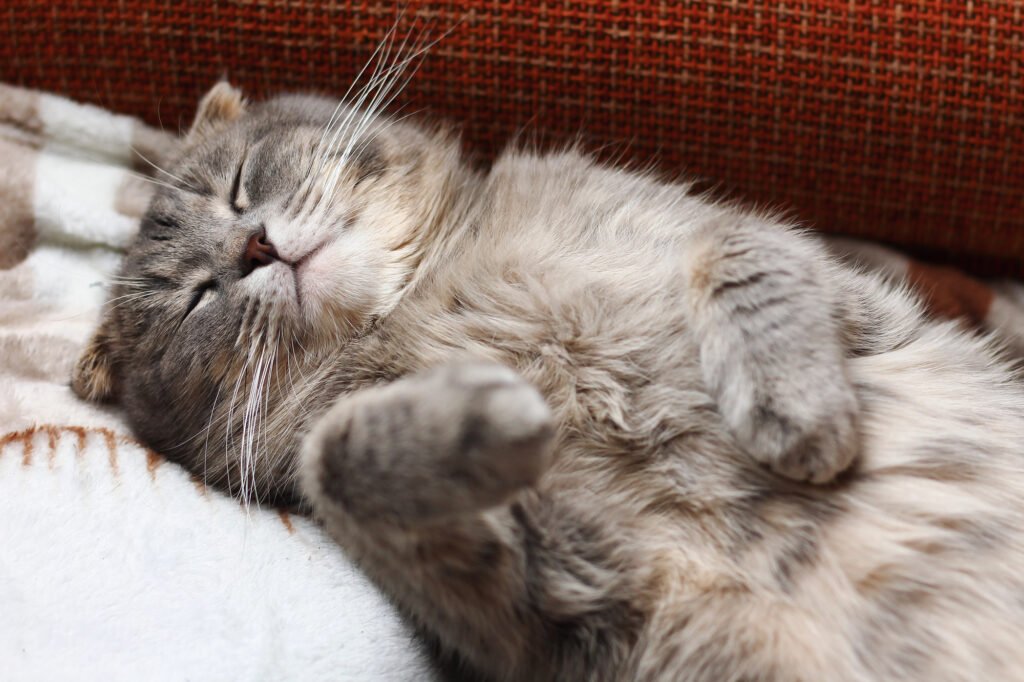
In ancient Egypt, cats were esteemed not only as pets but also as sacred animals. The Egyptians believed cats held divine connections, particularly with the goddess Bastet. Bastet, depicted as a lioness or a woman with a cat’s head, symbolized home, fertility, and protection. Killing a cat, even accidentally, was a grave offense, often punishable by death. Thus, cats in ancient Egypt were associated with good fortune and protection, reflecting their revered status.
Medieval Europe Harbingers of Misfortune
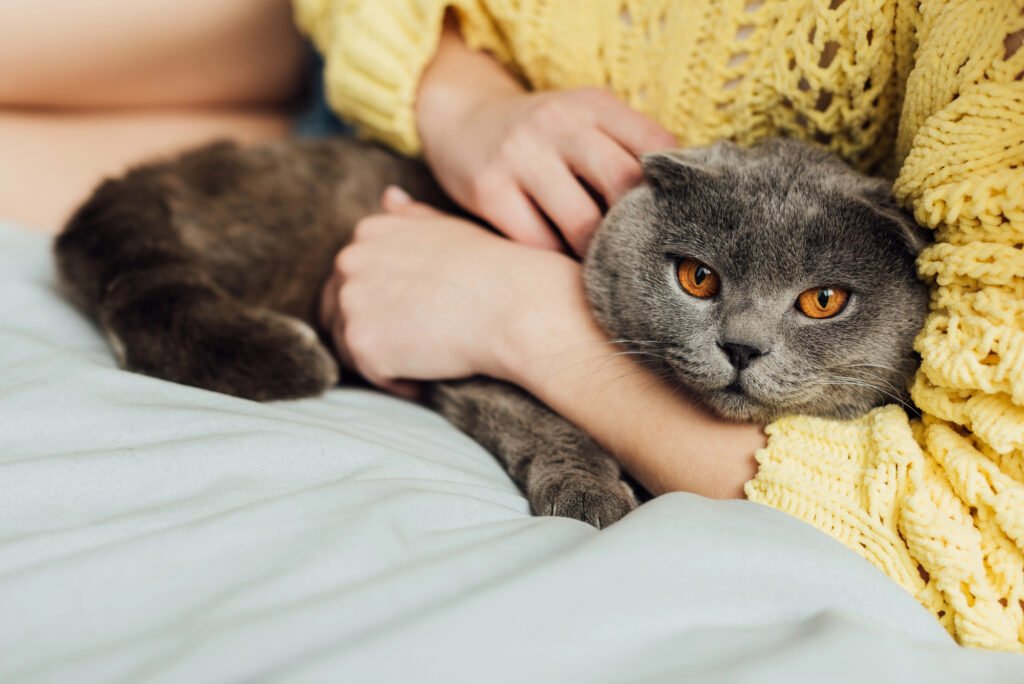
The Middle Ages in Europe marked a stark contrast with ancient Egyptian beliefs. Here, cats, especially black ones, became linked with witchcraft and evil. Superstitions arose that black cats were witches’ familiars or witches transformed, due to their nocturnal habits and stealthy movements. This period of fear and suspicion culminated in mass cat killings during witch hunts, ironically leading to increased rat populations and the spread of diseases like the Black Plague.
Asia Fortuitous Symbols
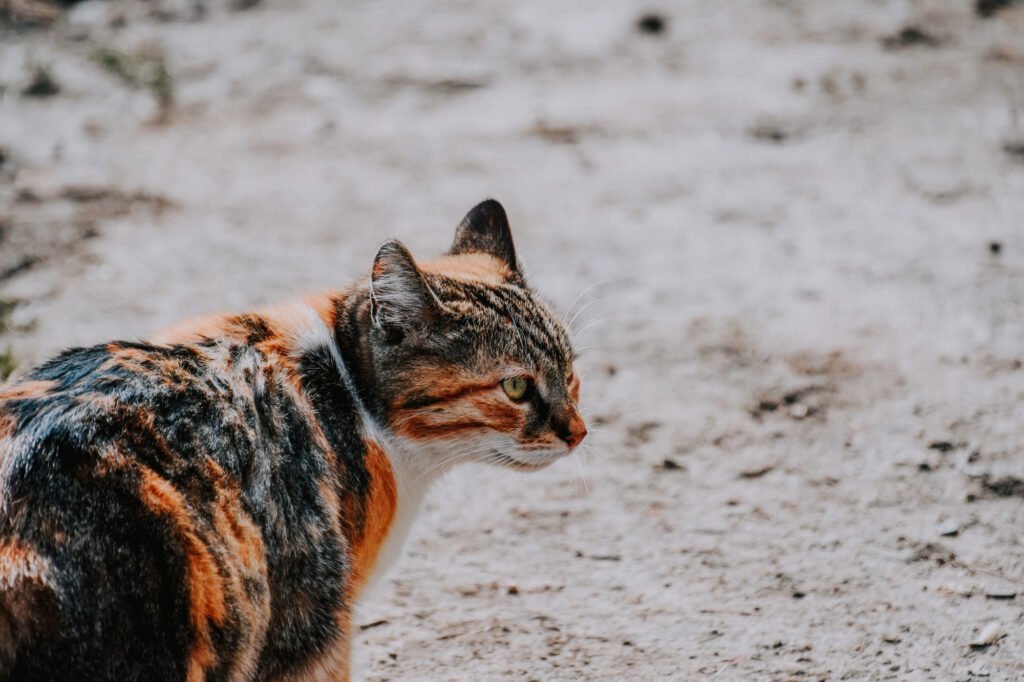
In many Asian cultures, cats are seen as symbols of good luck and protection. Japanese folklore features the “Maneki-neko” or “beckoning cat,” often displayed in homes and businesses. This cat statue, typically with one paw raised, is believed to bring prosperity and happiness. Similarly, in China, cats were historically viewed as protectors against evil spirits, a belief stemming from ancient Buddhism and Han dynasty traditions.
Islamic World Respected Companions
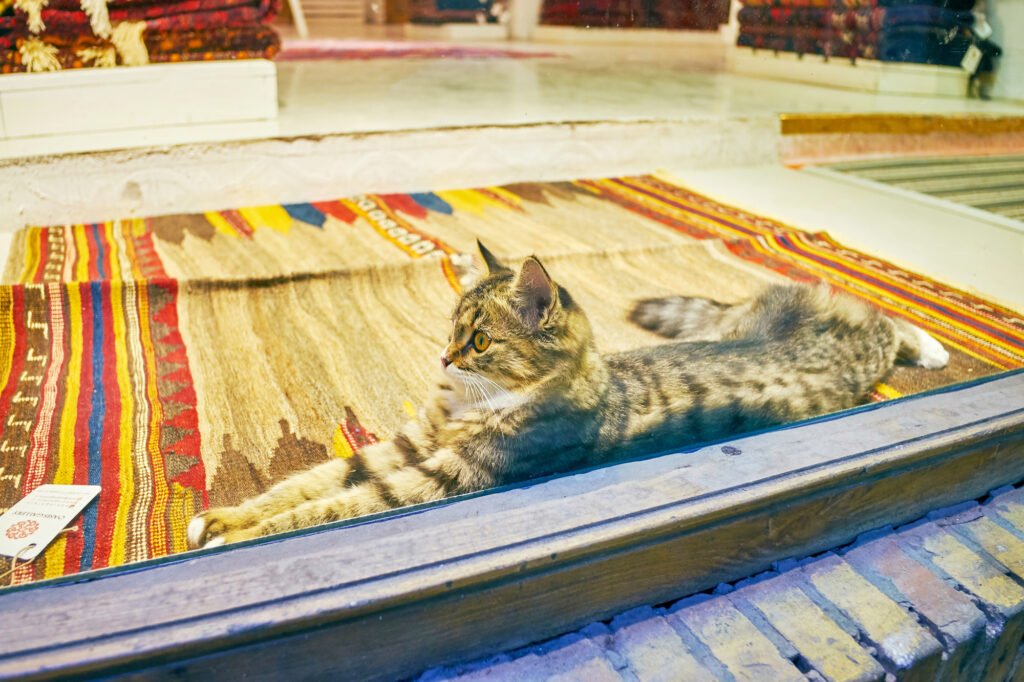
Cats enjoy a unique status in Islamic tradition, where they are respected and cherished animals. Islamic teachings recount stories of the Prophet Muhammad’s fondness for cats, specifically his favorite, Muezza. Cats are permitted to enter homes and mosques, reflecting their purity and significance in Islam. This reverence results in a predominantly positive view of cats in Muslim-majority cultures.
Cats and Mythology Global Narratives
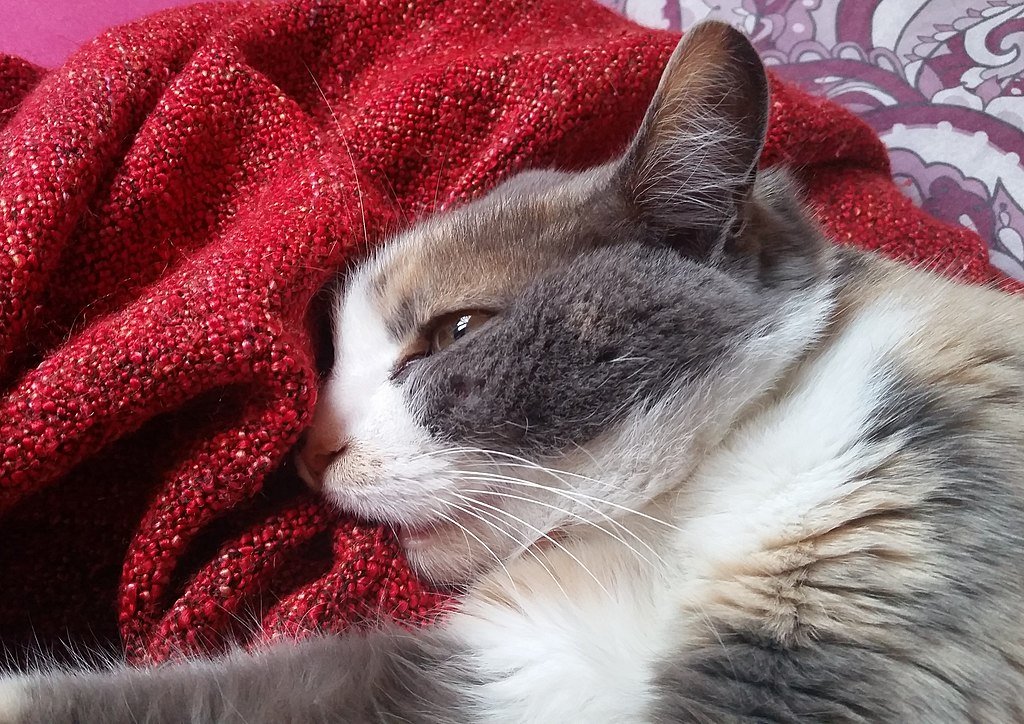
Across various mythologies, cats appear as powerful figures. In Norse mythology, the goddess Freyja traveled in a chariot drawn by cats, emphasizing their mystical role. Similarly, Celtic legends include cat-like creatures with supernatural abilities. These stories often highlight the dual nature of cats—helpful yet mysterious, reinforcing their enduring allure in cultural lore.
Modern Superstitions Good and Bad Omens

Despite advances in science and rationality, cat-related superstitions persist today. Common beliefs include the notion that a cat crossing one’s path brings bad luck, a legacy from medieval fears. Conversely, many view a black cat crossing in front of them as auspicious, especially in British folklore. These conflicting superstitions illustrate how cultural narratives continue to evolve, influencing modern perceptions.
Scientific Perspective Debunking Myths
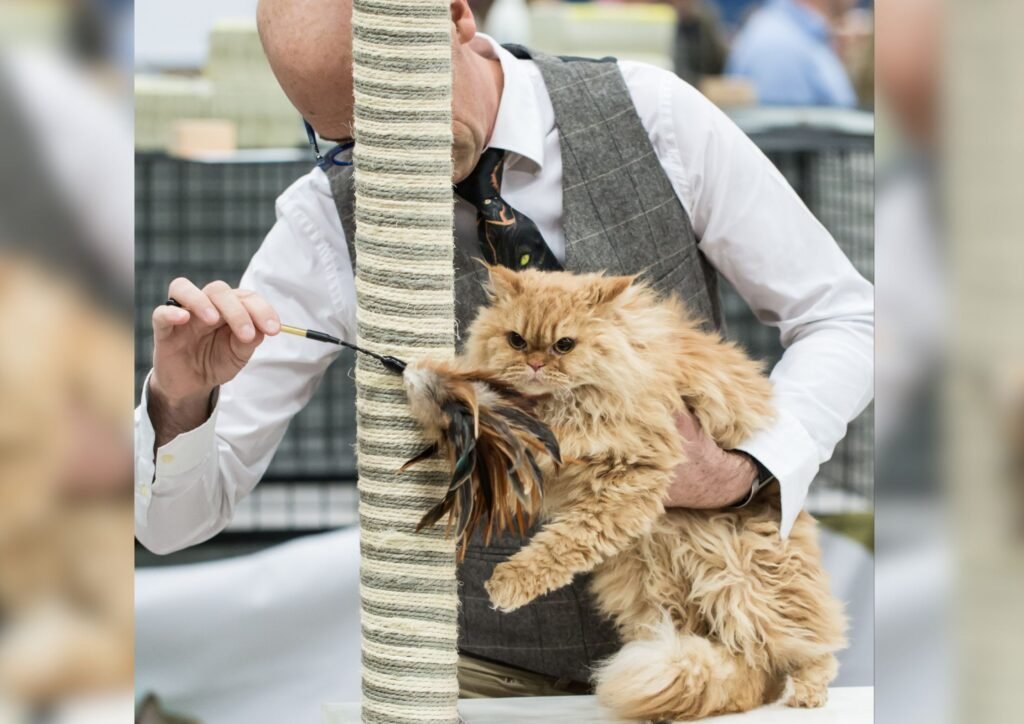
From a scientific standpoint, superstitions about cats often reflect human psychological tendencies, such as pattern recognition and fear of the unknown. Cats’ nocturnal nature and independent behavior can evoke unease, contributing to myth-making. Behavioral studies emphasize that cats’ actions are primarily instinctive rather than magical, urging us to rethink superstitions with a rational lens.
Cats in Popular Media
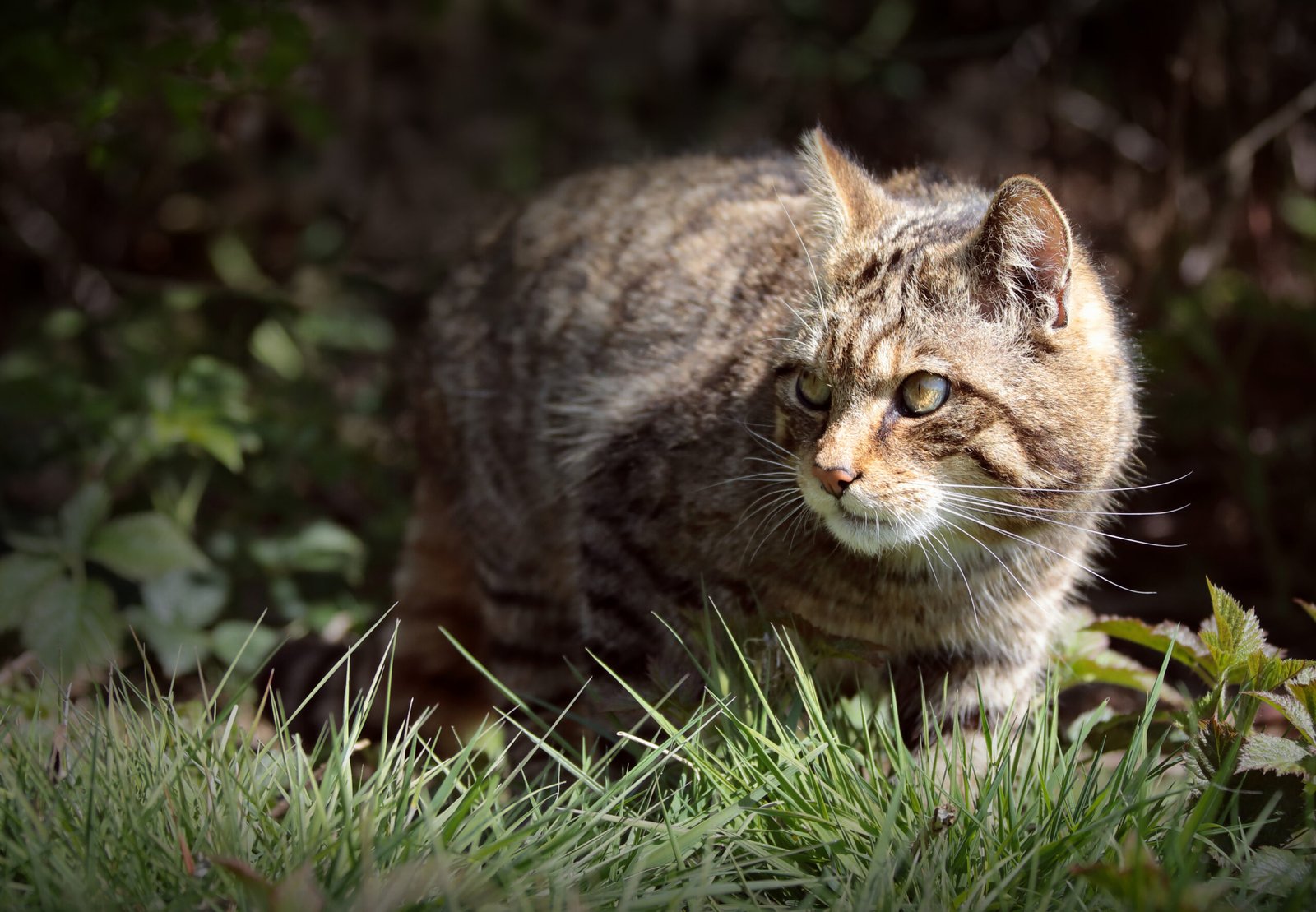
Popular culture and media play significant roles in either reinforcing or dispelling cat superstitions. Movies, books, and cartoons frequently depict cats as mysterious or magical, perpetuating their enigmatic image. Notable examples include the Cheshire Cat from “Alice in Wonderland” and Salem from “Sabrina the Teenage Witch.” These portrayals highlight how superstitions evolve, merging with modern storytelling.
Cultural Variation in Cat Ownership
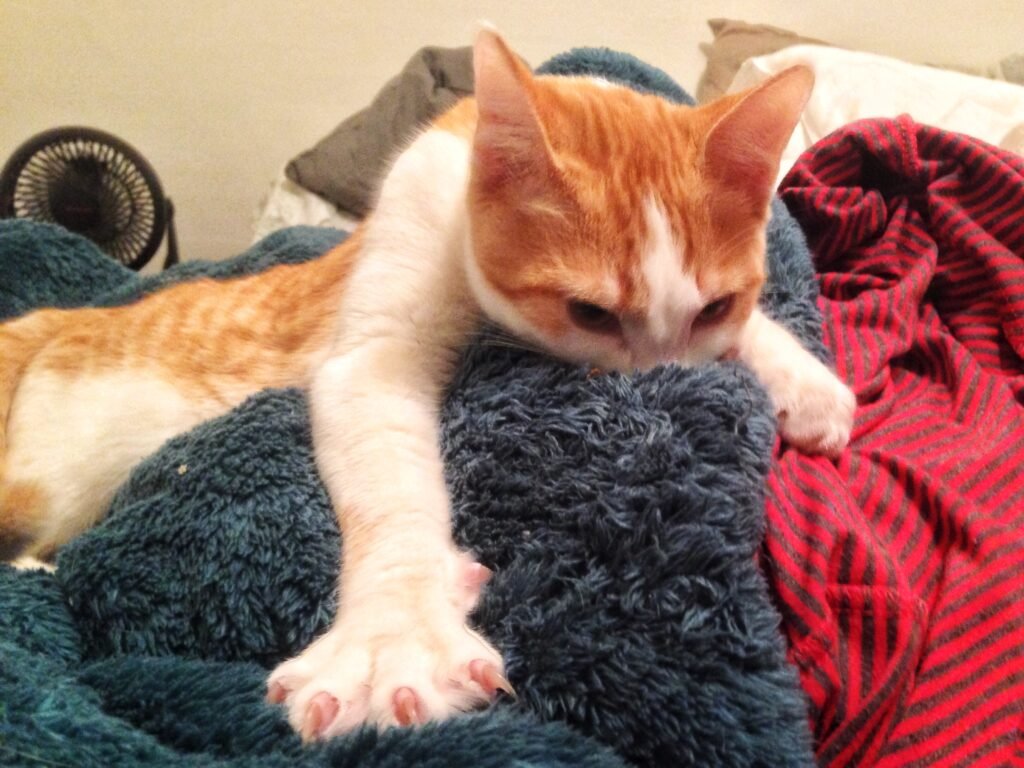
Views on cat ownership often reflect cultural superstitions. In countries like Japan and Turkey, where cats have positive connotations, they are commonly kept as family pets and openly welcomed in public spaces. In contrast, regions with enduring negative superstitions may see fewer households with cats, influencing pet-keeping habits and animal welfare policies.
Conclusion
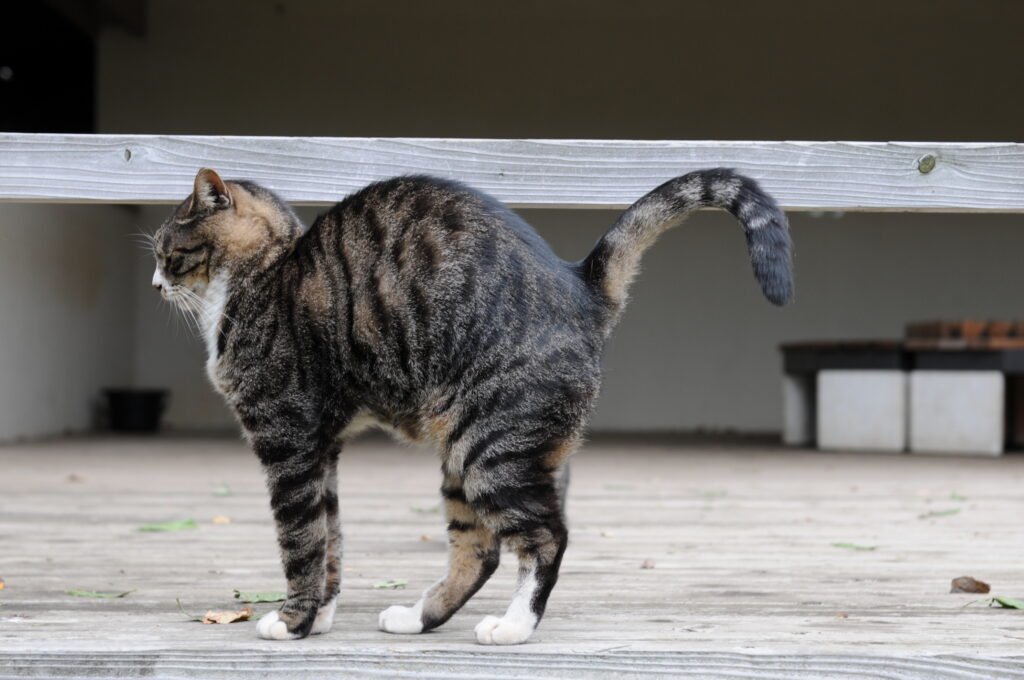
The relationship between cats and superstition is a multifaceted tapestry woven across epochs and geographies. From gods and protectors to ominous creatures, cats reflect the complexities of human culture and belief systems. Understanding these associations offers illuminating insights into societal values and the perpetual fascination with these beguiling animals. As we strive for a more informed and compassionate world, acknowledging the role of superstition in shaping our perceptions can enhance our appreciation for cats and their global cultural significance.






